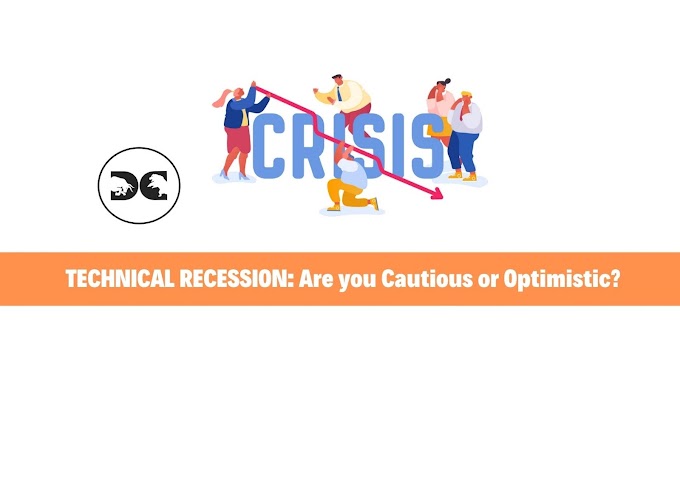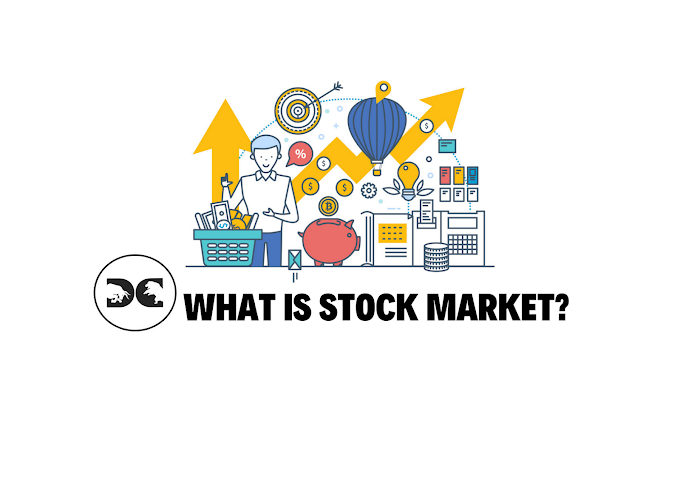
The concept behind covered bonds is simple. They are backed by cash generated from an underlying investment pool. A bank buys substantial cash-generating investments, combines them, and issues a bond supported by the pooled investments' money.
That collection of investments, called the cover pool, consists of either mortgages or public-sector loans. In that sense, covered bonds generate cash flow for investors the same way as asset-backed securities.
How do covered bonds work?
A bank sells a number of investments that produce cash, typically mortgages or public sector loans, to a financial institution. That company then assembles the investments into packages and issues them as bonds. The interest paid on the bonds is covered by the cash flowing from the loans.
What makes the covered bonds secure?
One key difference between covered bonds and asset-backed securities is that with covered bonds, the loans that back them remain on the balance sheet of the issuing bank. To put it more simply, if an institution selling a covered bond goes bankrupt, investors in the covered bond retain their access to the cover pool. For example, if you buy a covered bond from a Wall Street Investment Bank which goes belly up, you're still likely to get your interest-rate payments and principal back when the bond matures. A covered bond is essentially a standard corporate bond issued by a financial institution with an extra layer of protection for investors. The additional protection generally results in AAA ratings for covered bonds.
How can I invest?
We realized that there were a certain set of high yield debt instruments that were only accessible at very high minimum investment amounts (~ ₹1Crore). Only financial institutions or high net worth individuals invested in them. It was inaccessible for general retail investors and hence they had no knowledge about them.
We figured out a way to bring the minimum investment amount down in these opportunities (to as low as ₹10,000). Also, we try to properly educate the investors about them. since these debt products are relatively different from what everyday investors are used to.






Social Plugin